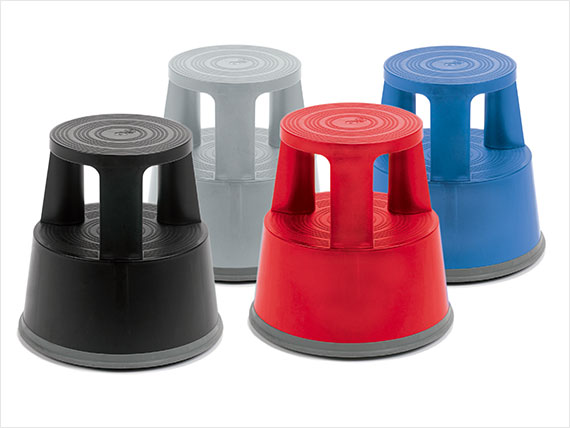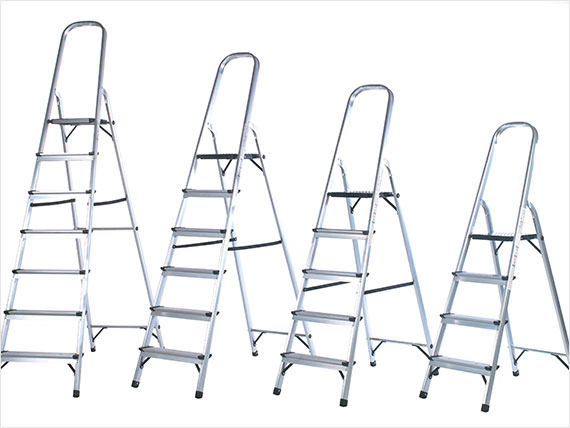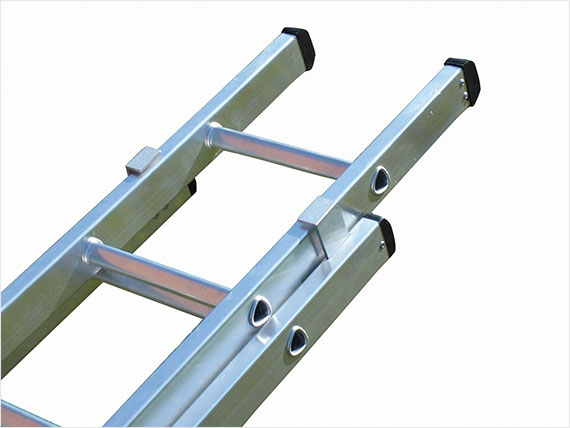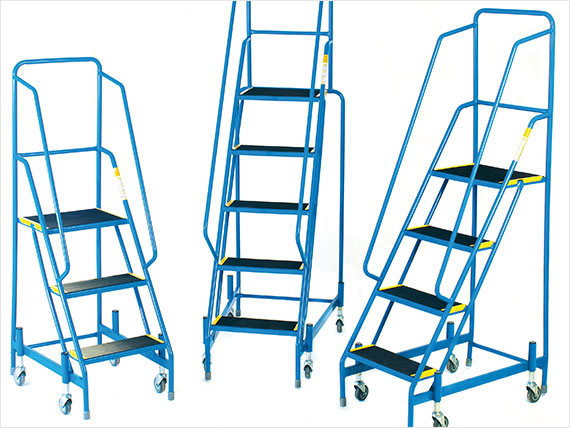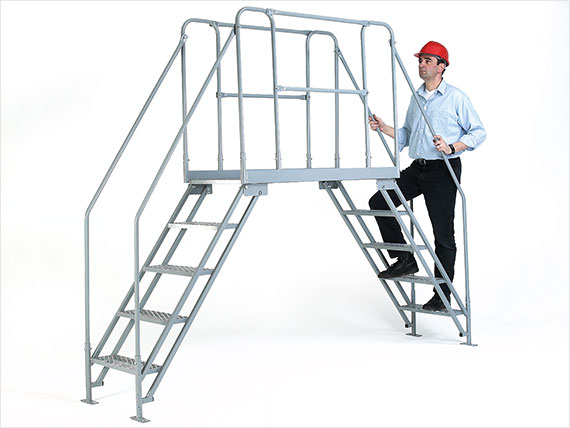Your Guide to Access Equipment
There is a wide range of access equipment to choose from for a range of heights and tasks.
Kicksteps/Step stools/Access Steps
- Easy to move, lightweight and smaller access equipment for just out of reach items and quick tasks
Stepladders
- Available in variety of heights. Four feet provide stability for occasional short jobs at height.
Extension Ladders
- For use when jobs are too high for stepladders. Make sure these are properly stable before using – feet should be on stable ground and ladders leaning against stable structures.
Safety Steps
- Cover a wide range of heights and are often heavier duty and mobile for use in warehouses. Hand rails on either side of steps are often in place to give extra safety.
Work/Access Platforms
- Used for work at height for durations longer than 30 minutes. Handrails and safety bars provide extra safety
Tips on the Safe Use of Stepladders and Ladders
When To Use Stepladders and Ladders
- When existing work features prevent the use of other safer equipment, or when the duration and low risk of the job mean that ladders are the preferable option to equipment that offers a higher level of safety
- The duration of the job should not be more than 30 minutes (i.e. it should not involve staying up the ladder for more than 30 minutes)
- When the ladder can be used safely (i.e. the ladder is level and stable)
Competent and Trained Persons
- You must be competent and know how to use the equipment safely (this may require training and supervision)
Ladder Checks
- These should be done regularly at the start of each day, before each use and when something has changed (eg. the ladder has been dropped)
- Should include checking the stiles, feet, rungs, locking mechanisms, platforms and steps or treads for any damage or wear that could affect their performance.
When Using a Leaning Ladder or Stepladder
- Ensure all feet are firmly on the ground
- Only carry light materials and tools and do not overload the ladder (check the manufacturer’s specifications on loading capacity)
- Make sure it is high enough or long enough for the task – do not overreach (for leaning ladders your belt buckle should stay within the stiles)
- For leaning ladders the ladder should be at 75°
- Use each step in turn and grip the handrails when climbing and descending
- Do not attempt to move the ladder when standing on it
- Do not work off the top three rungs
- Always keep three points of contact (a hand and two feet) when climbing and wherever possible when at work position on the ladder (for stepladders you can lean your body on the ladder)
- If a handhold cannot be maintained, take other measures to prevent or minimise consequences of a fall
- Leaning ladders should be secured at the bottom and have a strong upper resting point
- For stepladders ensure any locking devices are engaged
- For stepladder – try to ensure as much as possible that the ladder is positioned so that the work you are carrying is face-on and not to the side
- The ground the ladder is placed upon should be firm, level, clean and free from possible collision with any moving objects
- Where the general public cannot access it
Ladders Used for Access
- These should be securely tied and extend at least 1 metre above the point to be accessed
- Stepladders should not be used for this purpose unless specifically designed to do so
Related Articles:




